In the cool, early morning, standing by the Camellia bush in our front garden, there was a clear sky overhead as well as the sound of a helicopter. I could also hear the sound of the dryer through the outside wall of the laundry room. Our cat Squeaker was in the garden which I thought of as wild, exuberant abundance. The birds were chirping including the distinctive sound of the mourning dove. The sounds of morning and of mourning.
I tuned into the deva of the Camellia to ask permission to make a flower essence. And I asked how many petals would be required. I cut the flower off its stem and placed it in water on the other side of the house, in the sun, for several hours. I placed my hands around the bowl and asked the Camellia to release its energy into the water. The sun helps to stabilize the released energy pattern.
The petals are removed from the water and a mother tincture is created by making bottles of the flower essence preserved in brandy. Solution bottle are then made from that mother tincture.
The definition of the Camellia flower essence came to me in the days that followed: Be here now. In the Hul’q’umin’um’ language of the Snuneymuxw First Nation on whose traditional lands I reside, there is a word that means “I am here”. It is eetsun aw ee. I couldn’t help but think of it when I tuned in to the deva of the Camellia and heard “be here now.”
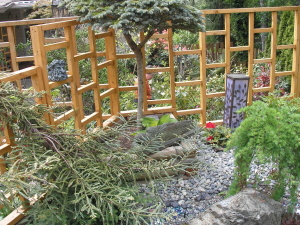 That wasn’t the first message I got. I thought as it was the New Moon and Beltane in a few days that the essence was about beginnings. “Begin where you are” is good advice but as the days went by I realized there was no beginning, it was about being in place.
That wasn’t the first message I got. I thought as it was the New Moon and Beltane in a few days that the essence was about beginnings. “Begin where you are” is good advice but as the days went by I realized there was no beginning, it was about being in place.
You may be wondering about the term “deva.” Deva (pronounced day’-vah) is the Sanskrit word for “body of light.” It’s a term I learned many years ago while reading the work of Dorothy Maclean , one of the three founders of the Findhorn Community in Scotland, and Machaelle Small Wright, the founder of Perelandra in the United States.
“The devas are the architects of our world,” writes Dorothy Maclean in To Hear the Angels Sing (Lorian Press, 1980, 2008). “Embodiments of creative intelligence, they wield or transmute what we might call energy (vibrating waves or particles in patterns) into increasingly more ‘physical’ structures (including emotional and mental structures) and finally into what we call matter (which is pattern in space).”
Dorothy goes on to say: “One definition of the devas would be the intelligent principle of growth, whether that growth be physical, emotional or mental.”
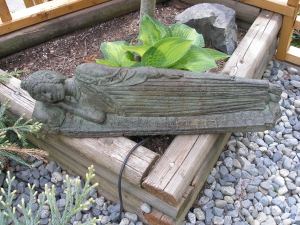 Machaelle Small Wright who has written several books including Co-Creative Science (Perelandra, 1997) also finds “architect” to be the most appropriate word. She writes: “For example, it is the devic level that designs the blueprint and draws together all the various energies that make up the complex “package” for the carrot.” She describes the Carrot Deva as an example of how a nature deva “maintains the vision” and “holds that collection of energies together in their unique pattern as it passes from one vibratory level to another on its route to becoming physical to the five senses.”
Machaelle Small Wright who has written several books including Co-Creative Science (Perelandra, 1997) also finds “architect” to be the most appropriate word. She writes: “For example, it is the devic level that designs the blueprint and draws together all the various energies that make up the complex “package” for the carrot.” She describes the Carrot Deva as an example of how a nature deva “maintains the vision” and “holds that collection of energies together in their unique pattern as it passes from one vibratory level to another on its route to becoming physical to the five senses.”
My learning about flower essences began with these books and learning about Bach Flower Remedies. Then I met Andrea Mathieson who creates Raven Essences in her garden in Maple, Ontario. www.ravenessences.com. That was back in 1997 when I left my office job and opened myself to new possibilities. None of this information seemed strange to me. It really helped me to see how many levels of awareness we have available to us and how intuitive we are if we just allow ourselves to be.
After I had written the description for the Camellia flower essence a new book came my way: Paradise in Plain Sight: Lessons from a Zen Garden by Karen Maezen Miller (New World Library, 2014). Flipping through the book I came across this paragraph that affirmed what I was “hearing” from the Camellia:
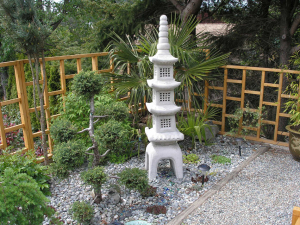 “Camellia japonica is a mainstay of Japanese temple gardens but was once avoided around private homes. That’s because the flower has no life span to speak of. It does not adorn the branch for long but falls off as its peak. You can see why some people would think this peculiar feature unappealing, even disturbing, but the Buddhists saw a lesson in this. (We see a lesson in everything.) In life there is death. In form, there is emptiness. In eternity there is fragility. What are you holding onto? What will you leave behind? Like the blossoms in the evanescent beauty, throw yourself into this moment and leave no trace.”
“Camellia japonica is a mainstay of Japanese temple gardens but was once avoided around private homes. That’s because the flower has no life span to speak of. It does not adorn the branch for long but falls off as its peak. You can see why some people would think this peculiar feature unappealing, even disturbing, but the Buddhists saw a lesson in this. (We see a lesson in everything.) In life there is death. In form, there is emptiness. In eternity there is fragility. What are you holding onto? What will you leave behind? Like the blossoms in the evanescent beauty, throw yourself into this moment and leave no trace.”
“Throw yourself into this moment” sounds like a good mantra to add to: Be here now.
Poems always come to mind as I create a flower essence. One of them is “South Wind” by Tu Fu which is included in A Book of Luminous Things. The editor of the anthology, Czeslaw Milosz, thought that the word “now” could really precede every sentence:
South Wind
The days grow long, the mountains
Beautiful. The south wind blows
Over blossoming meadows.
Newly arrived swallows dart
Over the streaming marshes.
Ducks in pairs drowse on the warm sand.
You can read the definition of the Camellia flower essence in the Spirit of the Island section. There’s also information on the benefits of flower essences and Creative Approaches to Working with Spirit of the Island Flower Essences.

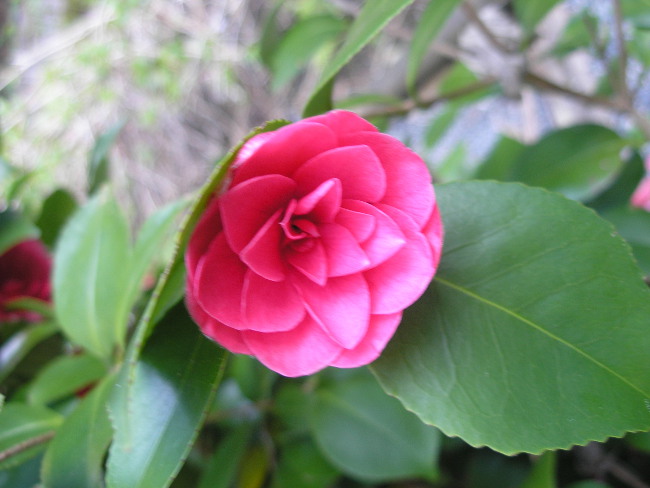
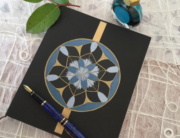


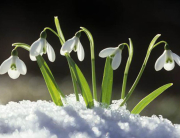

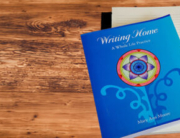



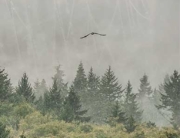
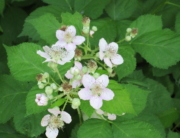
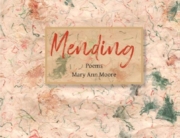
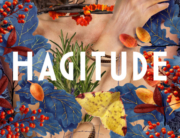
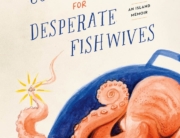



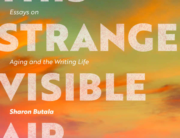

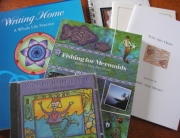
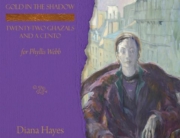
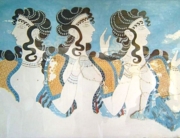

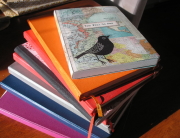
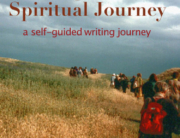

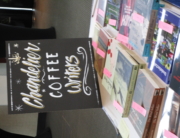


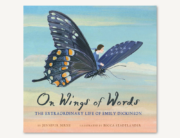
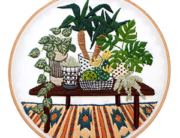
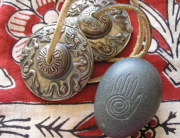
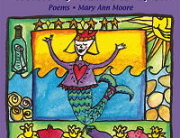
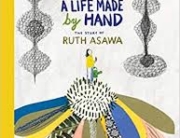
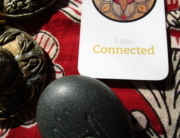
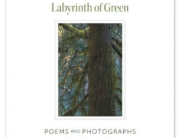
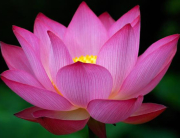
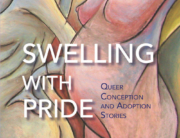
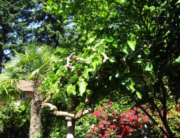


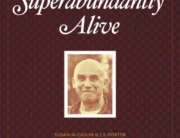

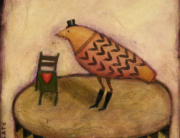



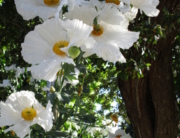
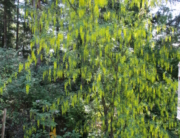
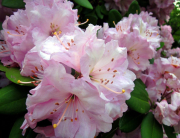
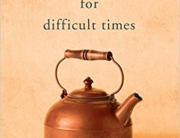
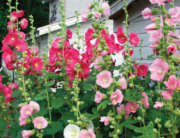
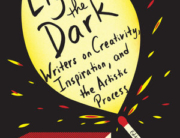
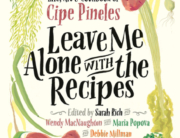
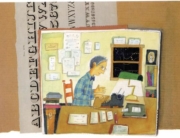
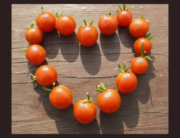

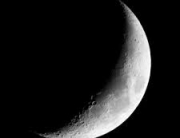
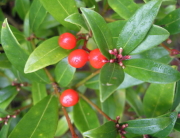
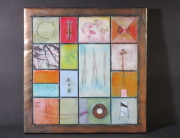
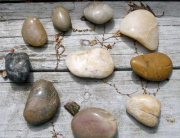
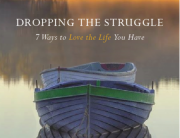
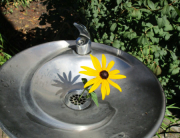
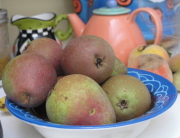
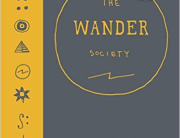


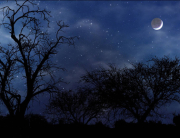
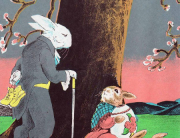
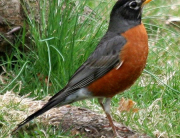
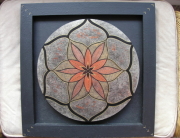
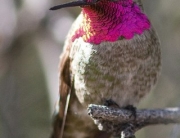
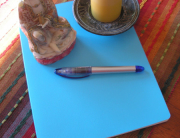


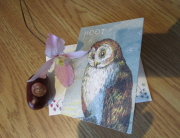
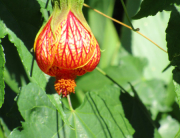
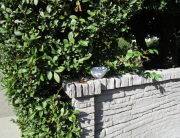
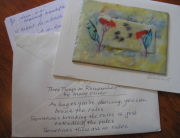
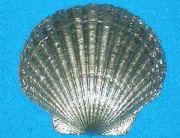
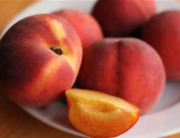
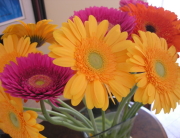
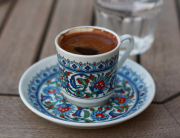

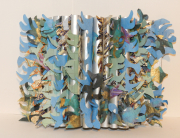
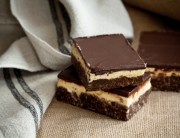



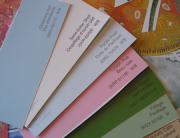



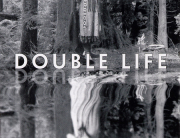
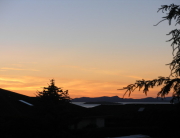

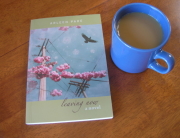
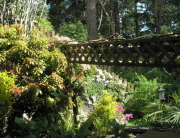

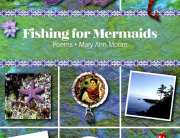

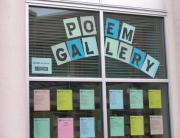
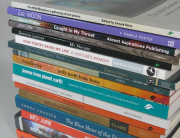

If I didn’t already live in this vibrant garden, and share the mysteries of our natural world with you … I’d be packing my bags and heading over! What a beautiful connection and communication you have with the natural world. A talent that is a delight to experience.